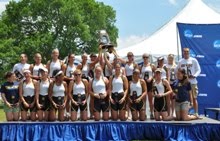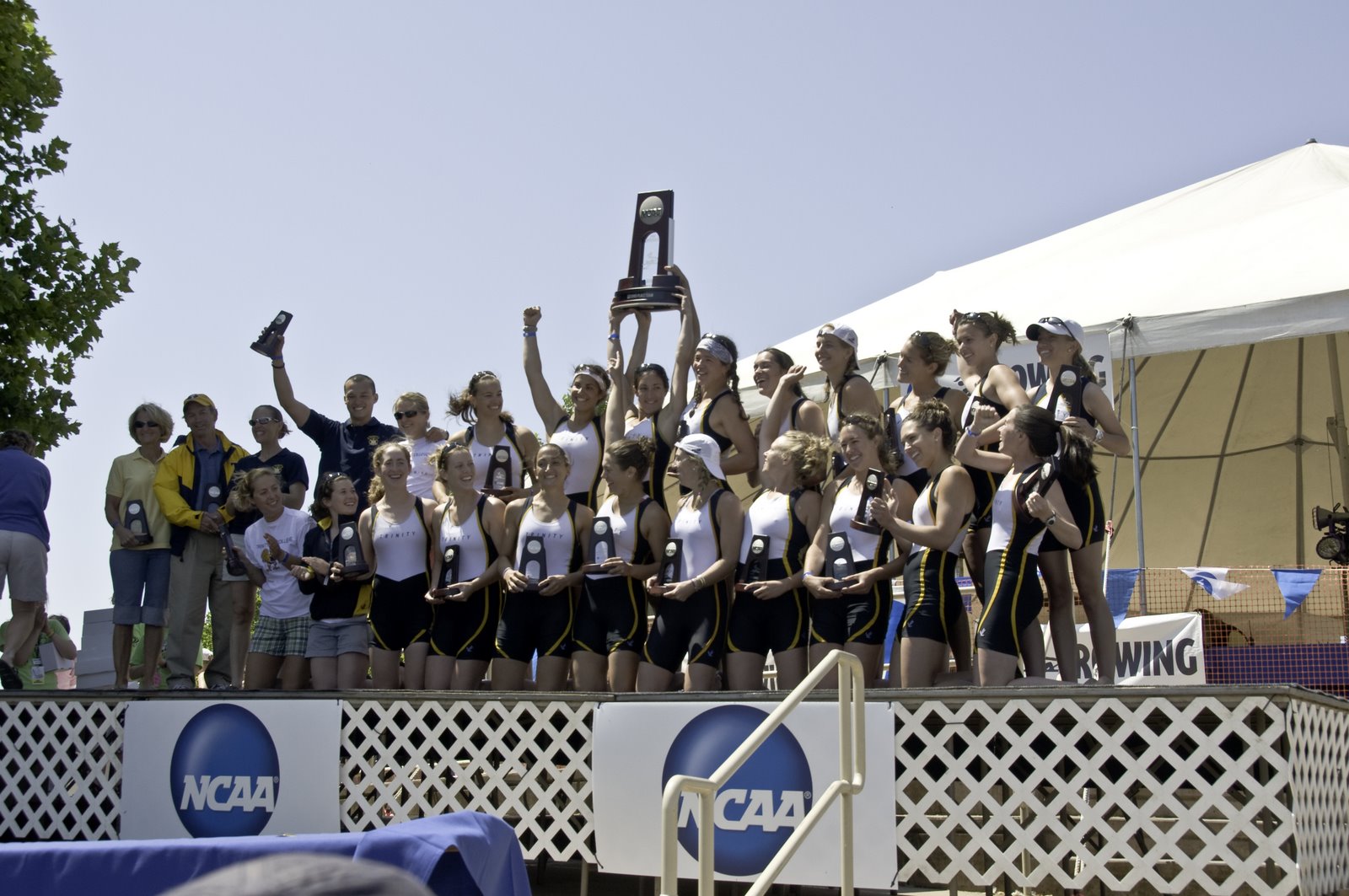 I've received a number of questions from folks who have asked what made our run at the Henley Women's Regatta successful - that's really putting a coach on the spot but I'll take a stab at it because the underlying question is what makes a crew faster than its opposition and at Henley; what makes a crew fast over a number of repetitions.
I've received a number of questions from folks who have asked what made our run at the Henley Women's Regatta successful - that's really putting a coach on the spot but I'll take a stab at it because the underlying question is what makes a crew faster than its opposition and at Henley; what makes a crew fast over a number of repetitions.I'm very much a believer that the physical capability of each member of the crew is critical to success - those rowers need to have demonstrated increased capacity on a number of different levels to handle the different situations that present themselves on the race course. That is why we don't only look at ergometer scores as a means to measure the capability of a rower. This may seen intuitive but to many younger rowers who correlate success on the erg with success on the water it comes as a surprise that a boat race plays out very differently than a physiological piece on the erg. So to get back on track here, I think that our rowers were very physically prepared to race into a screaming headwind and were very good at recovering from multiple bouts of exercise in a short time period (and yes, the ergometer is a part of developing that capacity).
Secondly, on the day of the semifinal and final we had to deal with a number of unexpected situations. Versus Skoll, much to my chagrin, we were surprised off the start because we couldn't hear the starter nor see the flag and were in the process of sculling the boat to one side. However, the athletes reported that they were fairly calm and just pissed off that they didn't get to execute their best start. By the 500m mark we had made up the margin and started to push out. The headwind, which a sculler described as "rowing into a brick wall" took away much of our front end length in that race against Skoll but we did enough to get open water moving through the enclosures.
 I was most proud of the focus, calm, and action that the eight took in between the races. Immediately upon docking the athletes switched their exercise modality, took in some carbohydrates, had some sports drink, got off their feet, and decided upon what they needed to execute better in the final. We knew they could be better into the headwind and the report afterwards was that they had wanted to "battle and conquer the wind". Launching for the final the crew looked purposeful and calm even as the wind howled - during the race every one of their faces was calm as well even as their blades were improved to the water and cleaner at the release.
I was most proud of the focus, calm, and action that the eight took in between the races. Immediately upon docking the athletes switched their exercise modality, took in some carbohydrates, had some sports drink, got off their feet, and decided upon what they needed to execute better in the final. We knew they could be better into the headwind and the report afterwards was that they had wanted to "battle and conquer the wind". Launching for the final the crew looked purposeful and calm even as the wind howled - during the race every one of their faces was calm as well even as their blades were improved to the water and cleaner at the release.So why did we win? They were definitely physically prepared but perhaps it was more that they had confidence in their preparation and had a shared desire to execute their plan versus trying to react to another crew.
This afternoon we will brush Boston University's varsity eight who have already been selected by the Stewards for the Remenham Cup - we'll do a little leap frog at base and lower rating (kind of an ersatz brush really) and then a few 1' blasters. After our down low compression work in the last two sessions I'll be interested to see what happens when we let it all hang out.
Reception this evening in London at the family home of J.Jeffrey Louis and then back to Henley. I might have to make an appearance at the Rose and Crown for some bridge later on.
 Funny toe path moment:
Funny toe path moment:Rower #1: "Coach, I couldn't hear what Larry said...",
Me: "Open up into the bow, row longer into the release - You are beginning to look like a very upright proper British sculler."
Rower #2: "Coach, what do I look like? An ugly American?"
Me: "Yes, you don't have to try to do that."
That got a little chuckle out of a nearby Aussie coach.
Awesome toe path convenience: The ice cream store at the 750m mark has been a nice stopping point...however, a couple of magnums in the belly doesn't make biking the toe path any easier.

Brutal toe path job: The poor man at UTRC with a really short spade shoveling pounds of Canada goose droppings into the Thames day after day after day. I feel like I should buy him a proper shovel...and a gas mask.





